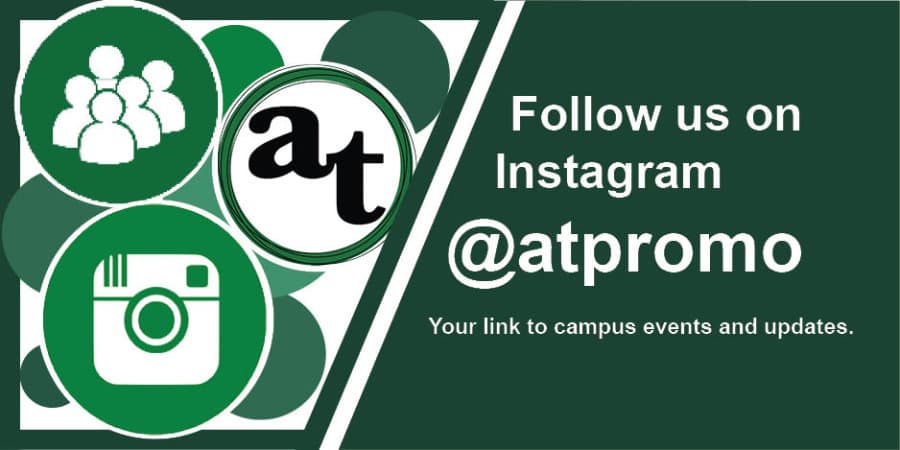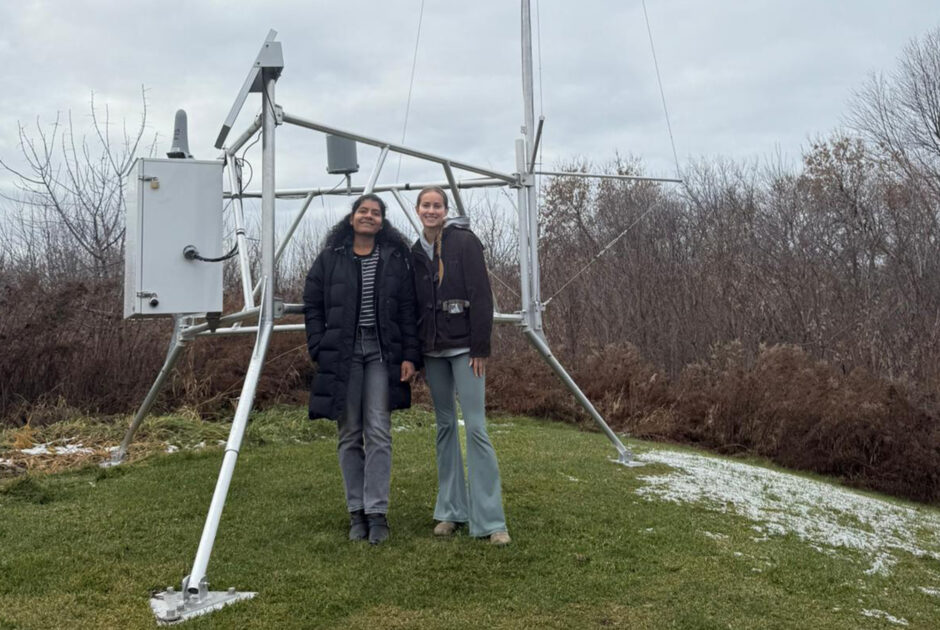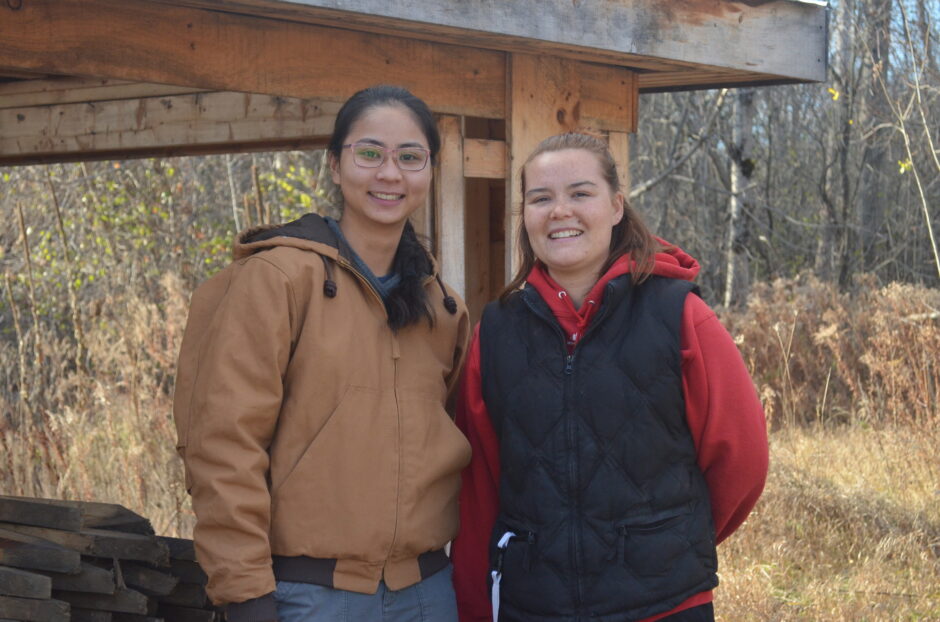Two days in the Algonquin College spa

It’s 1:45 p.m. on Thursday, Nov. 14. The air smells sweet, with the cloying scent of acetone lingering underneath. Soft music plays over speakers in the corners of the room. A dozen students sit at chairs and stations around a spa, while their instructor Evey Ross-Linton speaks, taking attendance and gesturing to a schedule projected at the front of the room.
It’s another busy day for the students of the Algonquin College esthetician program, participating in their spa operations class to meet their graduation requirements. However, these students may be some of the last to take this course.
Students and professors know the program has limited time left. The Board of Governors first suggested suspending the program in February, and the last intake of students will be graduating in August 2025.
But it’s not August yet. Today, these Level 3s are weeks from graduating. They have patrons to service, quotas to meet and plans to make.
The esthetician program consists of theory and lab classes, taught by a variety of professors. Sylvie Canonico, the esthetician program coordinator, says learning in a program like Algonquin’s is key for entering her industry.
“The consumer, they want professionalism, and this is what our program gives,” says Canonico. “We train beyond the actual service. We train as far as presentation, attitude, friendliness, compassion, empathy, listening skills, communication skills.”

The day continues, and students’ work is never done. They clean stations, restock product, sweep floors, cut foils and practise services on each other to meet their quota. Eve Welbourne completes a manicure on fellow student Magda Serageldin.
“I’ve enjoyed the nails aspect of the program. It’s just an artsy thing that I like doing,” says Welbourne as she files Serageldin’s nails.
That’s not the only service students enjoy. Saloni Thakkar is particularly fond of makeup.
“I wanted to do it professionally. I realized I love it so much,” says Thakkar. “It’s very therapeutic for me. So I got into this program only because of makeup application.”
Thakkar shares this passion with her instructor Mariève Siracusa, who recently invited her to work at a photoshoot event.
“I created an event which was a photoshoot with models and photographers, and I chose Saloni [Thakkar] to assist me on the photoshoot,” says Siracusa. “Two models, she did the full makeup. Designed the look, did the makeup look, and the photographers loved her and she made connections out of it.”

As the day winds down, students need things to do after their clients leave. Zayra Pose Aguilar applies purple polish with meticulous precision as students filter back in and begin packing up their things, saying goodbye to clients and tidying up their stations.
“I love the labs. I love how we have practicals [courses] as well,” she says as she works. “We get to take clients and get real world experience, somewhat.”
It’s Friday, Nov. 15, and the spa is immediately packed with people.
By 1:46 p.m. almost every student is occupied with a client, like Sophie Leblond Robert and her daughter Izzy. Leblond Robert recently began coming to the spa again after experiencing a stroke, and is getting a pedicure from Tasha Hickey.
“It’s great to be able to teach people at the same time,” says Leblond Robert. “Poor girl [Hickey] has to deal with my foot because it twitches a lot, and I don’t feel [the other] side as much. So she definitely has to learn to manipulate my foot and stuff like that a lot more.”
While she says this, Hickey shakes her head and insists Leblond Robert is fine, continuing to buff out her nails.
It’s on this day that Dianne Williamson, a full-time professor and one of the instructors that first developed the full-time program in 2009, pops in to see how things are going. Williamson recalls with pride some milestones from early in the program’s existence.
“The first time I went to one of the graduation ceremonies,” says Williamson, “sitting up on the stage and watching your students walk by, oh my gosh. You just want to go and hug them, and you’re so proud of everything because you saw them from day one onwards.”
Williamson also remembers the first crop of students welcomed into the A-building labs, after spending years teaching the program in an old science lab in Confederation High School.
As the sun sets outside the window again, students gather as they’re finishing services. With instructor Ross-Linton they reflect on the state of the industry they’re about to enter: How to make money, the severity of the work they do, and the rising popularity of injectables like Botox.
Among the almost 20 people interviewed for this story, a shockingly similar feeling on the esthetics industry emerged.
It’s more than an industry. The work they do is difficult. This isn’t basic, it’s hard, it’s not superficial. It’s more than painting nails, doing facials, and applying makeup. The job is demanding, physical, emotionally taxing. Estheticians are therapists. They help with self-confidence. They are knowledgeable on science, communication, socialization. Every student and every professor agreed – they are more than people may think.
This mindset is evident through every interaction in the A-building spa. As students make idle chatter with their clients, guide them through consultations on their health and cap and cure gel nails, a feeling of care and passion ripples through the air.
“Everybody here comes to work with that same passion,” says Ross-Linton. “Everybody that works here and teaches these students wants to impart all that passion for our industry on the students that are leaving here, so that our industry stays as good as it is.”
It’s true there may not be too many days like this left, at least for now. When the program is suspended in August there’s no way to say for sure if or when it will return. Professors and students know this.
But it’s not August yet. Today, another day of spa operations is just beginning. The esthetician students are sitting at their stations, studying the schedule and prepping for clients.
Today, at least, they are here.








